Hello everybody!
This was originally planned for release back in October, and then at least in late November: sorry for repeated delays, but meanwhile not only my ‘job’, even family affairs came in between…
In the Part 1 of this feature, I’ve described the basics of the available technology of the Western general-purpose and guided bombs; the basics of the technology of the Russian general-purpose bombs, and the reasons for the Russians – when in need of ‘a large number of precision guided bombs’ – finding no other solution but to create their glide-bombs, known under abbreviations MPK and UMPK.
Before I go on, and on request from several readers, I’ll return to the practice of adding a list of abbreviations.
FAB = Russian abbreviation for high-explosive aerial bomb
JDAM = Joint Direct Attack Munition (US-made family of GPS-guided bombs)
KAB = Russian abbreviation for corrected aerial bomb (i.e. guided bomb)
KAB = Ukrainian abbreviation for керована авіабомба or controlled/guided bomb (seems, this abbreviation is used in general terms, regardless the weapon in question, i.e. whether this is a Russian KAB, or MPK/UMPK)
MPK = Russian abbreviation for modules (for) gliding and correction
PSU = Ukrainian abbreviation for Ukrainian Air Force (& Air Defence Force)
RBK = Russian abbreviation for one-way bomb cassette (better known as ‘cluster bomb unit’ in the West)
SAM = surface-to-air missile
UMPK = Russian abbreviation for unified set (of) modules (for) gliding and correction
VKS = Russian abbreviation for Russian Air-Space Force
ZSU = Ukrainian abbreviation for Ukrainian Armed Forces
***
As mentioned in Part 1, initially, original MPK/UMPKs were not guided. Lacking guidance, they were anything else than precise. I was silent about this for months but, I’m monitoring their deployment since February-March this year and can only say that even as of late summer this year, most of ZSU troops ‘targeted’ by Russian glide bombs were describing something along the following lines. On average, out of 10 MPK/UMPK bombs released by the VKS:
- at least 5 were missing their target by 200-500 metres;
- another 4 by more than 500 metres;
- perhaps 1 was coming down anywhere within less than 200 metres from the target.
….and that’s a conservative estimate based on ‘cross-section’ of some 50 related reports…
Obviously, this caused some confusion within (lower) ranks of the ZSU: nobody there on the battlefield could really say what were the Russians targeting, nor why.
Lack of Precision
The reason for the lack of precision was the lack of guidance systems: the Russians took time to obtain the necessary high-tech, and then launch something like series production of MPK/UMPK kits. Moreover, it is obvious that they took months to test and refine them - and to refine the tactics of their deployment: to learn how to do that correctly.
….and the principal way in which they’re deploying their MPK/UMPKs is meanwhile the same like it was back in March-May this year: from an altitude of about 9,000m, and from an aircraft in a shallow climb. Something like this:
Why that?
Because this is not only stretching the range of the weapon, but indeed: making sure the aircraft releasing the glide-bomb is remaining well outside the range of the mass of Ukraine-operated surface-to-air missiles (SAMs). Something like this:
This is why since around March this year, Ukrainian troops can very often see contrails of this kind approaching their lines:
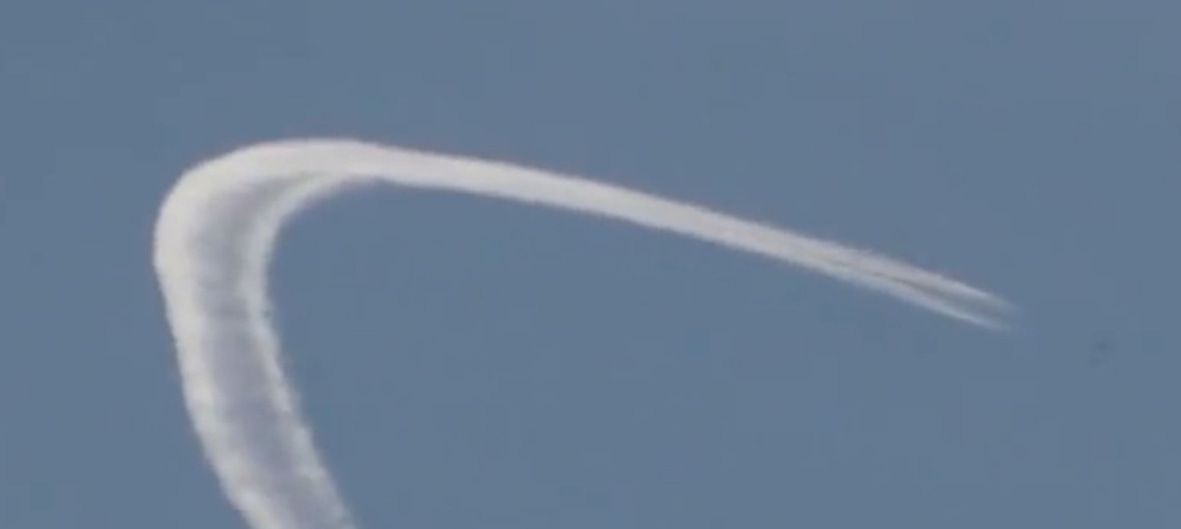
Sure, there are reports about low-altitude deliveries of MPK/UMPKs from ranges as short as 9-10km, too, but: so far, haven’t seen any evidence. Arguably, this would be hard to provide - except in form of, for example, a video of some Su-34 flying very low over the ground before actually releasing one of such weapons.
Gradual Development
Early MPK/UMPK-models have received ‘just’ a kit including flip-out wings. Mind: these were enough to keep them stabile over a range of about 60km. Was no ideal solution, but better than anything previously available: and the precision was obviously (still and much) better than one might expect (i.e. below 1-2km).

The second model received an inertial guidance system, sufficient to stabilise them in flight, only. Through April and May, the Russians began testing MPK/UMPK-models equipped with receivers for GPS and GLONASS navigational systems, and then weapons equipped with guidance fins, too. Indeed, sometimes during May, Ukrainians have found the first wreckage of MPK/UMPK including a GPS receiver – and then one made by the Irish company Taoglas. Inserted below is a shot of the wreckage of one glide-bomb that was equipped with a guidance section:
Since June-July, reports surfaced in Ukrainian media that the Russians began hardening guidance sections of their glide bombs through the installation of electronic countermeasure systems – in turn indicating that the PSU and ZSU was already reacting to the appearance of guided glide bombs by disturbing their guidance systems.
Factor Surprise
Problem: whether bombs in question were guided or not, many came entirely unannounced or with very little warning. Sure, the PSU is detecting and tracking high-flying Su-34s as these are approaching and it is issuing warnings. However, the troops on the ground sometimes do not receive these, and even if: they can’t always take cover on time. So, when – time and again – one or another MPK/UMPK did come down within 200 metres from its aiming point/target…. The results were nasty.
Sufficient to say that during this summer numerous Ukrainian villages 2-10km behind the frontline were subjected to sustained (days-, if not weeks-long) strikes by glide bombs. Places like Mala Tokmachka (north of Robotyne), for example, have suffered extensive damage to them: often enough, already an MPK based on FAB-250M-62 was enough to demolish two family homes…
Moreover,
- A) by the summer, the Russians were deploying their glide bombs in such numbers, that MPK/UMPKs began to be strongly felt, and
- B) please make no mistakes: when a 500kg-heavy warhead detonates anywhere within 200 metres of you, that’s ‘felt’. Strongly.
Fuses
One much overlooked detail about latest MPK/UMPKs is that their fusing didn’t change over the time: even latest close-up photographs are showing so-called point detonators, or quick fuses. This conclusion is supported by videos of their detonations on the Ukrainian side: for example, videos showing huge amounts of soil being thrown up into the sky by detonations the blast of which is radiated up and out.
What does this mean?
The fuse is not only fusing the bomb – making it detonate – but is determining at what altitude and in what position is the bomb going to detonate, thus increasing (or, in negative case: decreasing) its effectiveness. Quick fuses are the most widespread type of fuses on the Russian aviation bombs: they’re simple contact fuses, usually detonating the bomb at the ground level. This means that the mass of the blast is spread upwards, in turn significantly decreasing its blast- and shrapnel effects. Such bombs are ill-suited to target, for example, Ukrainian field fortifications. Strangely enough – though good for the ZSU – is the fact that the VKS is still lacking even such ‘simple’ fuses like so-called ‘Daisy Cutters’ (also ‘fuse extenders’) introduced to service by US forces already during the Second World War. Fuse extenders are actually nothing special: the simplest are about 1m (or 1,000mm) long. Their purpose is to make the bomb detonate at least 1m above the surface (or at least not to burry itself too deep before detonating).
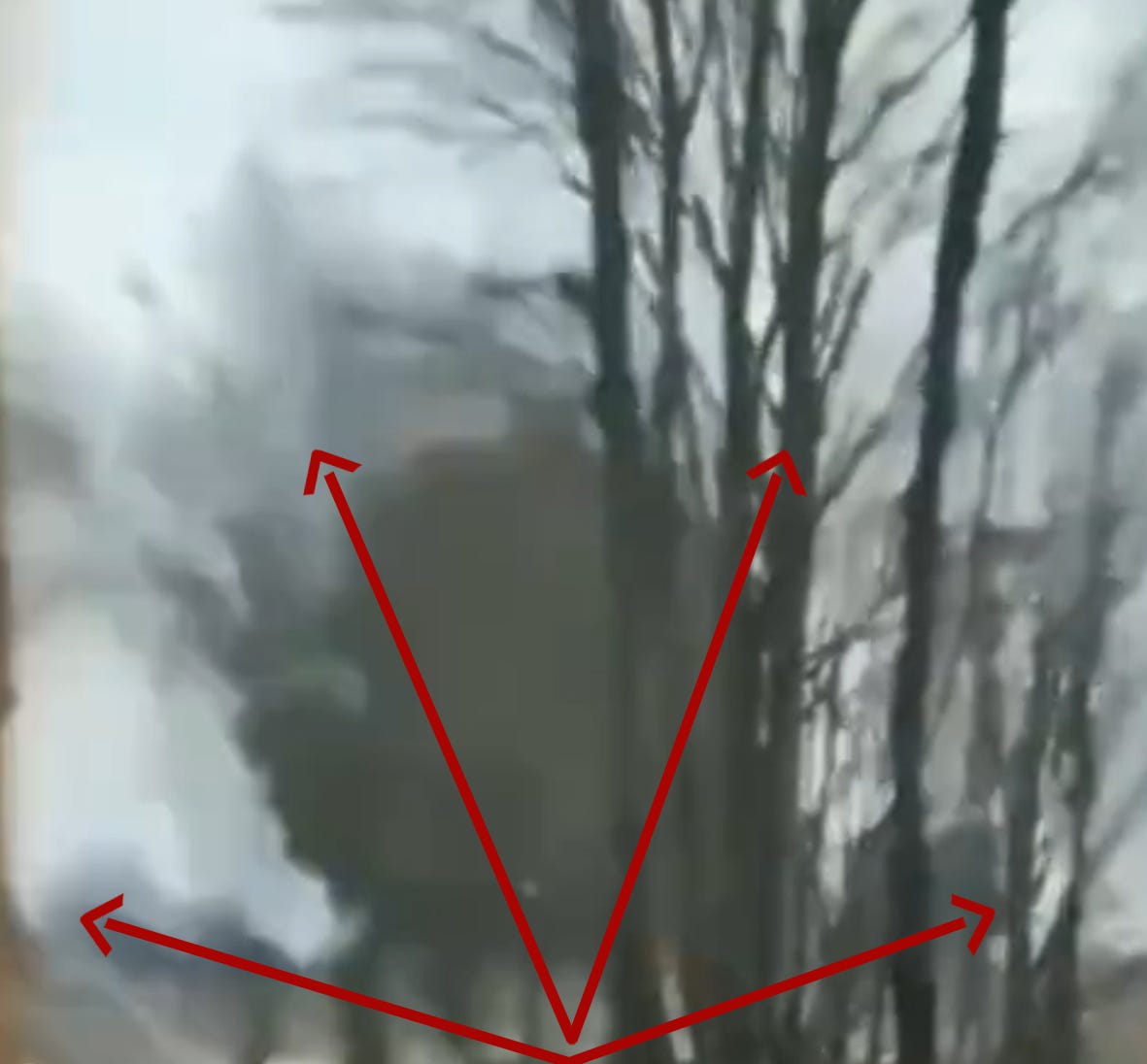
Another reason or the relative lack of effectiveness of the Russian glide bombs is the position of their bodies at the time of detonation. They’re flying along a ballistic trajectory and thus coming to the ground along an almost vertical trajectory: in combination with quick fuses, this is resulting in the mass of the energy of their detonation being blasted upwards, relatively little to the side, and very little to immediate surroundings at the ground level. Means: even if they hit, for example, a trench or a bunker, they’re going to cause relatively little damage.
Ideally, the bomb targeting field fortification would fly as parallel to the ground as possible, and detonate while some 5-10 metres above the surface – so to spray the energy of its detonation over the largest possible area.
This is something about which the Russians can – right now – change very little. At least something that is going to take them time to do (but also the reason why US-developed, so-called ‘retarded’ bombs, like the Mk.80-series equipped with Mk.12 Snake eye retarding fins, was so vastly superior in its effectiveness in multiple wars of the 1960s-1980s, in comparison to different Soviet bombs of comparable calibre, including all the possible FAB-250s and FAB-500s).
Unsurprisingly considering the generally low-precision of the mass of MPK/UMPKs, there are already claims about the Russians equipping their RBK-series of cluster bomb units (CBUs) with MPK/UMPK gliding wings and guidance kits. Theoretically, a glide bomb based on RBK-250 or RBK-500 could deploy its bomblets over a large area, greatly increasing its effectiveness. However, so far, haven’t seen any kind of evidence for this any RBKs being equipped with MPK/UMPK-kits.
Latest News
According to official Kyiv, during October, the VKS released over 1,000 MPK/UMPKs. The highest rate of deployment was 80 glide bombs on one day. The mass of weapons in question was still unguided, so results were ‘usual’. However, towards the end of that month, first reports surfaced about the Russians deploying their glide bombs to strike bridges – for example in the Kupyansk area. Striking bridges is never going to work with unguided glide bombs, so this is obvious evidence for the VKS meanwhile being supplied by a gradually increasing number of guided models.
By accident, the latest news in this regards was published by RIA Novosti on 1 December. The article in question announced that, ‘A batch of front-line Su-34 bombers was recently transferred to one of training centres of the Russian Air-Space Forces, which will be used for mass training of pilots in the use of aerial bombs with UMPK, which have already proven themselves in the Special Operation Zone in Ukraine. This will increase the number of pilots who can use these munitions, and increase strikes with “smart aerial bombs” in the Northern Military District zone against Ukrainian military targets…’
Provided this can be trusted, of course (and that’s never certain when it comes to the Russian ‘media’), this would mean that the VKS has completed the ‘research, development and test’ phase of the work on MPK/UMPKs. That now it is starting to train large groups of its Su-34-crews in deployment of such weapons.
***
Overall, as much as crude, MPK/UMPKs are really ‘bad news’. They’re meanwhile deployed in such numbers, and with such regularity, that the ZSU is feeling the resulting pressure: suffering losses to them. Tragically, that’s unlikely to change unless the West supplies enough long-range surface-to-air missiles to enable the PSU to force the Su-34s releasing MPK/UMPKs outside their effective range. Read: more than 60km away from the frontline.
Talking further about the issue of defence from glide-bomb attacks, I must disagree with those who think that ‘F-16s’ might be a solution for this problem. There are multiple reasons for this:
The frontline in Ukraine - regardless if on the ground or in the skies - is huge. PSU would have to get lots of F-16s to keep, say, at least 4-8 of them airborne at any time of the day, so to enable their quick - or at least timely - reaction to Russian glide-bomb attacks.
As already explained in my analysis of F-16s, the type’s primary air-to-air weapon - AIM-120C - is much too short-ranged but to target, for example, incoming Su-34s from more than 50km away. Actually, to obtain such a long-range shot with an AIM-120C, the F-16 would have to operate at high altitudes (5,000m and more), which in turn would fully expose it to
a) the Russian manned interceptors equipped with R-37M long-range air-to-air missiles (like Su-35 and MiG-31), or
b) to such Russian long-range surface-to-air missiles like S-400s.
With other words: F-16 is no solution. At least not until there would be some 100+ of them in Ukraine. Meteor-armed EF-2000s or Rafales might be one, but even then: Ukraine would still have to receive a large number of these to become capable of effectively countering incoming Russian Su-34s at all sectors of the frontline.
It is simply so that SAMs have their advantages over figthers/fighter-interceptors - especially those that are as limited as F-16s. Principal between these is that SAMs can remain within the combat zone for much longer periods of time than any manned interceptors (of course, all provided SAMs can survive remaining in the combat zone, and are not destroyed by the enemy).




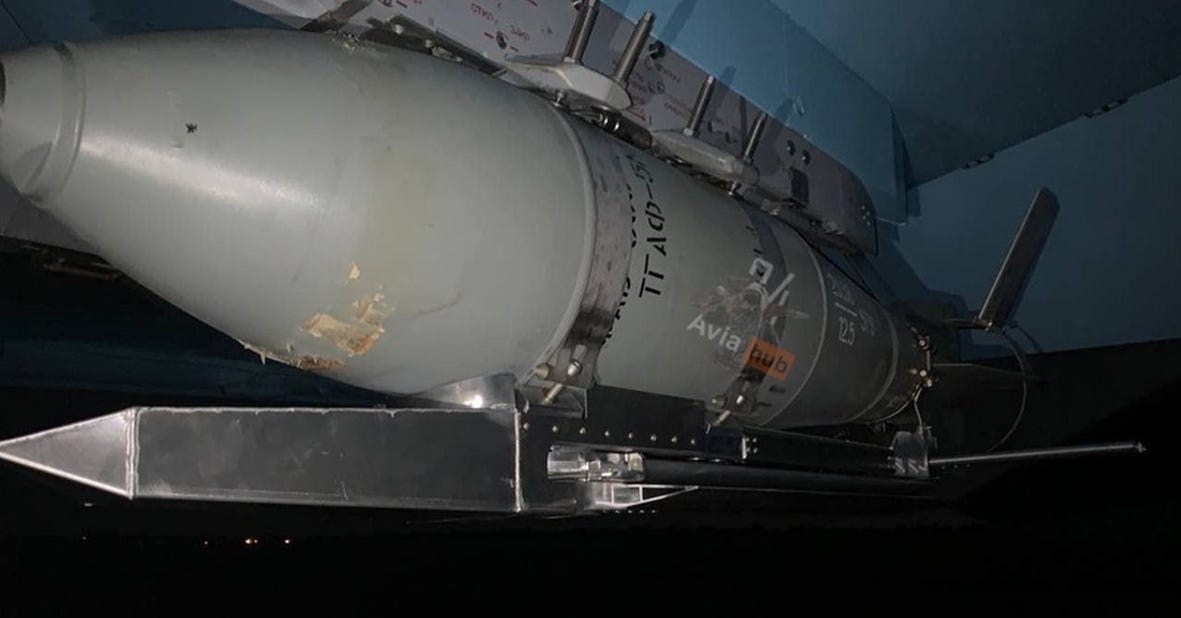
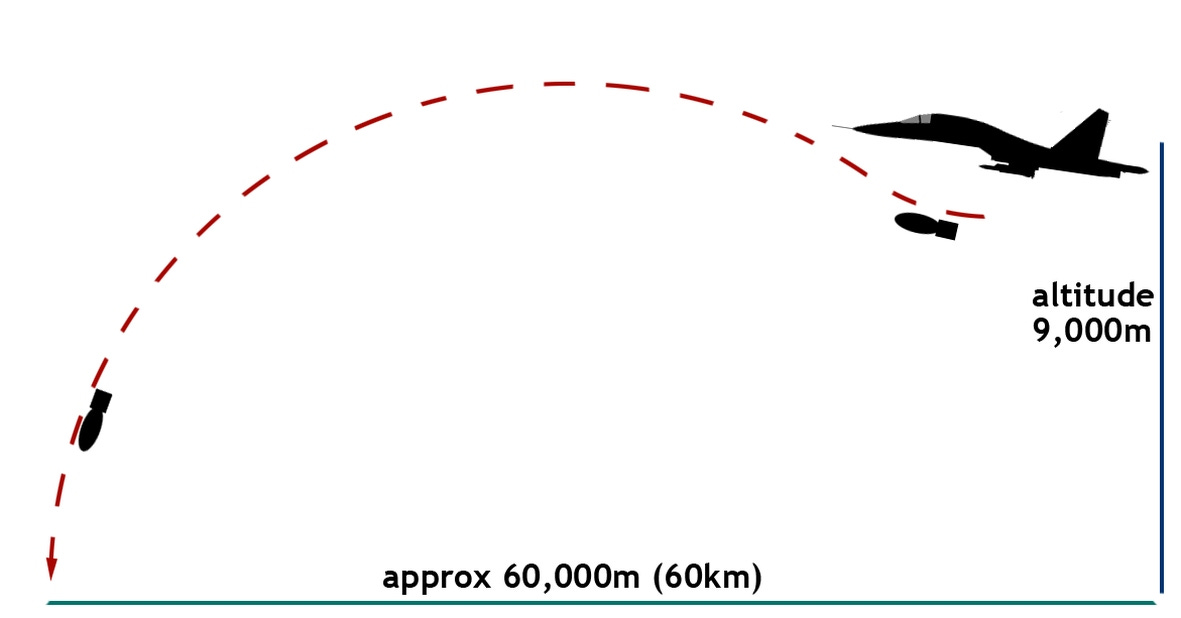
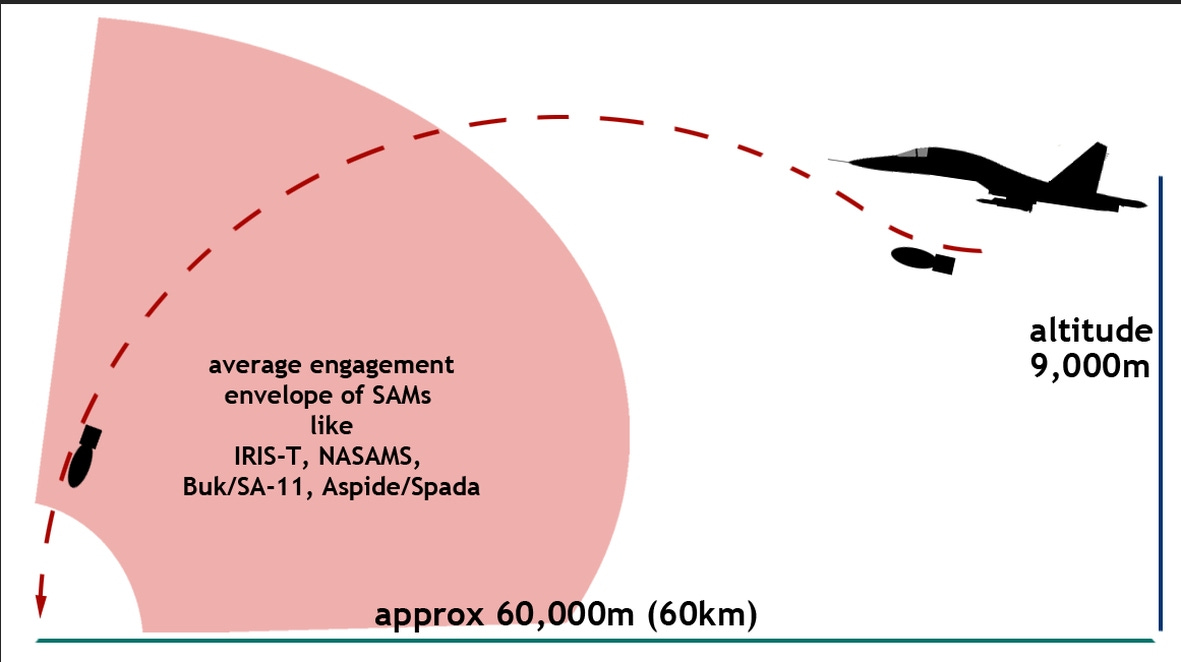

Hi, Tom. Thanks for the second part.
I survived russian FAB-500 attack on Yakovlivka in Kharkiv region, while being in Vysokyi settlement and immediately got my portion of PTSD (I'm fine now). It felt like damn world just exploded under my feet and there is still too much uncertainties in this attack (from my point of view as civillian), except i know it were FAB-500 bombs.
Map shows that i was in about 5-6kms from Yakovlivka, my father in law told that Yakovlivka is about 2kms from Vysokyi. Explosions felts like all of them were right outside the house. I heard recognisable whistles before explosions, saw flashes, whole house were shaking like from extreme earthquake, windows were creaking, but at least not breaks. News said there is 200 damaged houses in Yakovlivka, i saw photos where Yakovlivka is just destroyed to the ground. News said there were "few" or as in some telegram channels, 9 FAB-500, i heard at least 15-20 explosions and loud "bombers sounds" just some 5-10 seconds before distinctive whistles and explosions. I still don't know what the hell it was, maybe our news just lie a little about this situation to make it "softer" for people, but thats my experience. It's very hard to describe just with words. You need to experience all this to understand what I'm talking about.
I was way more far away from explosions than ZSU on frontline, but knowing how "precisious" russians are and all those emotions i felt, i guess i can say i survived this, even if i was, in fact, in safe place. But being just some 200-500 metres from sh*t like this? Holy f*cking hell...
Btw, other people comments focusing only on F-16 and wetting their pants imagining and arguing on how cool this aircrafts will be in "intercepting Su-34" or even in "straight dogfight against soviet era aircrafts" as i saw many times on reddit(and I'm sure that at this point many of them are were really close to culmination), lead me only to one thought:
*Sigh
Westerners...
People don't understand that F-16 will be used mostly in the same way, as PSU using their own aircrafts now - just as another platform to launch some missiles that PSU already have and maybe occasionally intercepting russian missiles on short range. People are really don't understand that PSU has not so many aircrafts left at this point, to be used for most common and even boring job, without all this advanced super duper NATO style "we bomb you to the deepest depths of hell, so only steaming glass left on surface" operations. Thats why PSU need F-16 - just to have more aircrafts than it has now, and F-16 is most common military aircraft in NATO.
And my honest thanks to you, that you at least trying to clarify this to people in your articles. But sigh...westerners...
What a master class on aerial ballistics. Many thanks for that, and hope family issues are actually “fixed”.